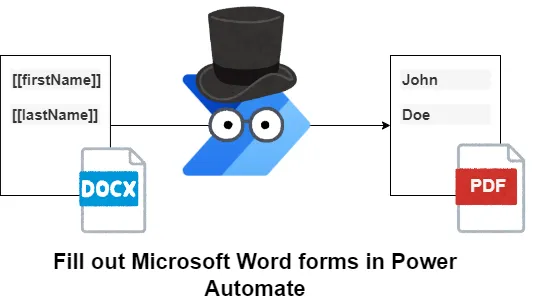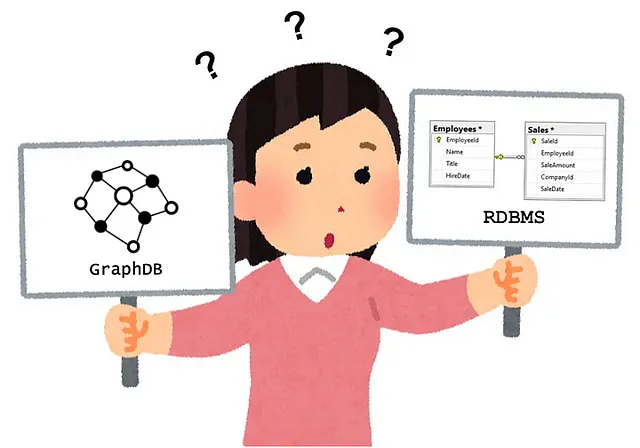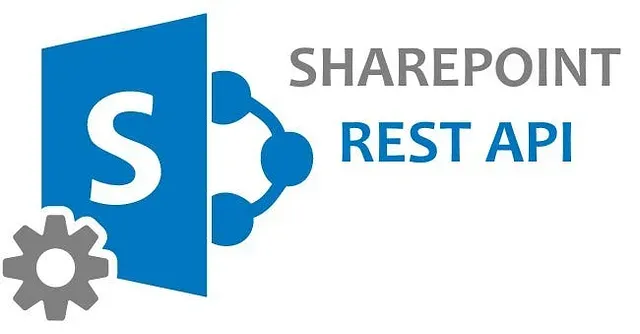How to build enterprise-ready AI solutions with Azure AI Agents
Learn about architectural options for enterprise-ready LLM AI solutions using Azure AI Agents

Integrating large language models (LLMs) into apps has become popular over the past few years. But there’s challenges hiding beneath the surface.
The way some apps send general queries to LLM endpoints (like Open AI’s API) is basically a black box. If the responses start to vary or the quality decreases, figuring out the “why” becomes a challenge — unless you build governing logic yourself. Not ideal.





